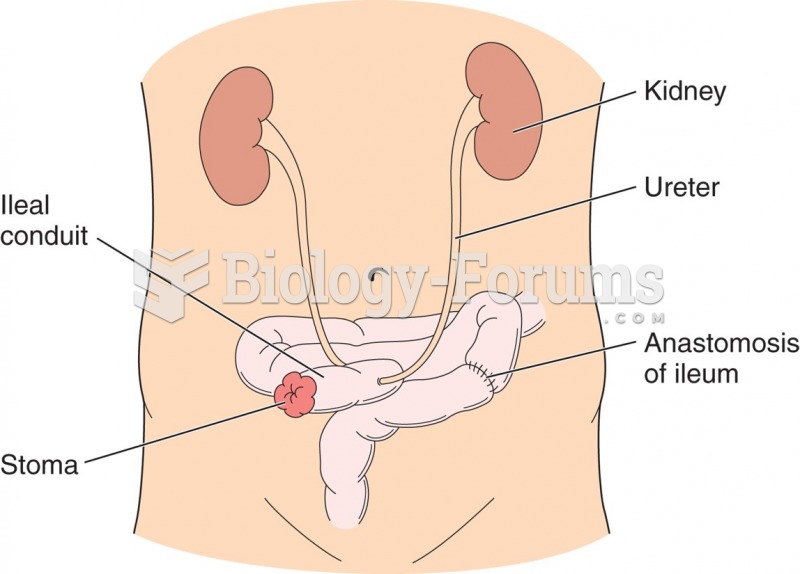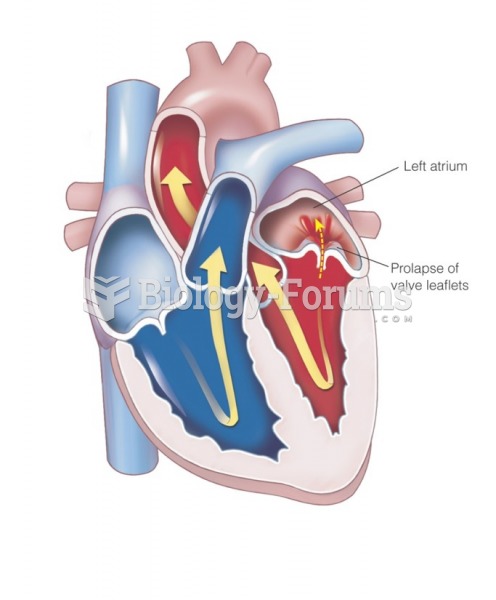Answer to Question 1
The entire small intestine is approximately 15-16 feet (4.6-4.9 m) long.
The first 9-11 inches is the duodenum.
The second portion of the small intestine is the jejunum, which is approximately 9-10 feet in length.
The ileum is the final portion of the small intestine and is approximately 4 feet in length. 200 cm (2 m) is approximately 44 of his entire small intestine.
Usually, when less than 50 of the small intestine is resected, normal digestion and absorption can be expected.
10 What nutrients are normally digested and absorbed in the portion of the small intestine that has been resected?
Answer to Question 2
Ascorbic acid support of wound healing
Chlorhexidine oral hygiene protocol
Famotidine tablet stress ulcer prophylaxis
Heparin injection provided for DVT prophylaxis; interactions: maintain fixed vitamin K intake
Insulin regular injection treatment of hyperglycemia and underlying history of diabetes mellitus; interactions: be aware of potential for hypoglycemia
Multivitamin tablet support nutritional needs and wound healing
Zinc sulfate support nutritional needs and wound healing
Methadone pain management
Oxandrolone anabolic steroid used to reduce catabolism
Senna tablet used as bowel/ stool softener; interactions: can cause electrolyte disturbances
Docusate oral liquid used as bowel/ stool softener; interactions: can irritate throat, cause nausea, or abdominal cramping
Silver sulfadiazine used for topical treatment of burn wound
Midazolam HCl (Versed) 100 mg in sodium chloride 0.9 100 mL IV infusion, initiate infusion at 1 mg/hr sedative; interactions: avoid grapefruit
Hydromorphone (Dilaudid) pain management
Fentanyl (Sublimaze) pain management
Propofol (Diprivan) sedative. Since propofol is in a 10 IV fat emulsion, need to monitor triglyceride level and lipid clearance and account for energy provided by this medication within nutrition intervention.
Thiamin prescribed due to history of regular alcohol ingestion for prevention of Wernicke's encephalopathy
Folate prescribed due to history of regular alcohol ingestion for prevention and treatment of potential deficiency







